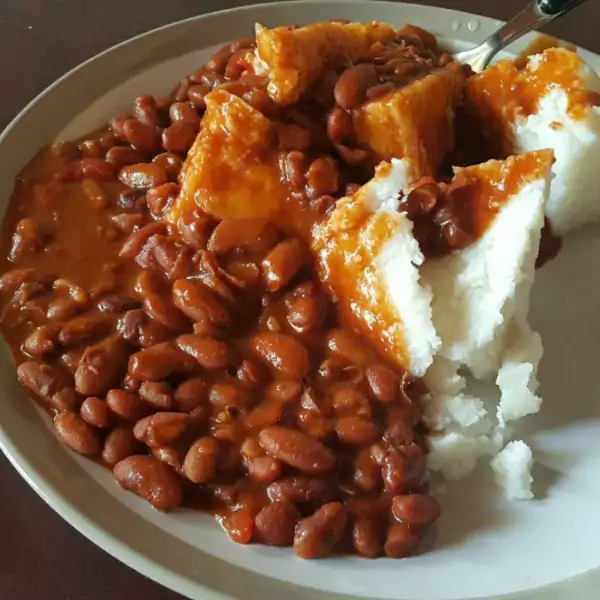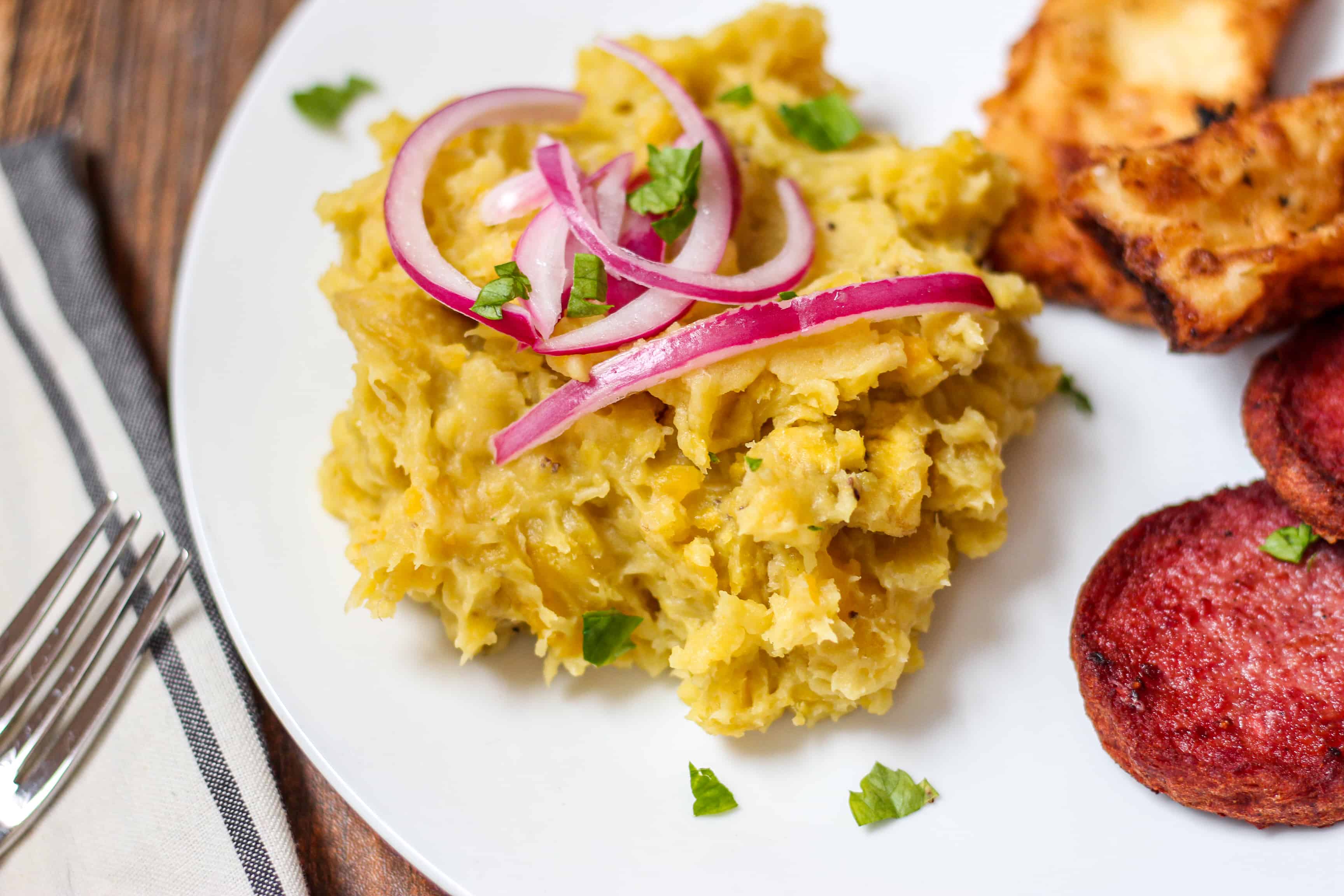Cuisine in Kampala

When I was ten years old, my parents told my sisters and I we were moving to Kampala, Uganda. You can imagine the shock on my face. Being from a very small town in Illinois, moving to even another state sounded foreign, let alone a whole other continent!
Living in Uganda throughout my junior high and high school years had its highs and lows. Overall, I am grateful for the experience and look at it as a childhood full of adventure, which has now fueled my love for travel as an adult. One thing is for certain: living in Uganda opened my eyes to how different Western culture is from other cultures around the world.
Ugandan Culture
The culture of Uganda is very vast, with there being almost a hundred different tribes across the nation. Many of these tribes can be found in the capital city of Kampala, where they have formed a sort of culture within a culture in what could be considered a melting pot of ethnic groups. One large aspect of Ugandan culture is—you guessed it—food!
Staples of Kampala
Kampala is host to a mix of everything. As it is an evolving city, growing more developed by the minute, you can find your local restaurants as well as more Westernized restaurants. Some American chains that have made their way into Uganda include Pizza Hut and KFC. There is also an abundance of Indian restaurants, since a large percentage of the population is Indian. But Ugandan cuisine is quite different from any other country. Two of the national dishes of Uganda, matoke and posho, are the main staples of the country.
Matoke
The local cuisine of Kampala involves lots of starchy foods. Matoke and groundnut (gnut) sauce is a staple which originated with the Buganda Kingdom. Matoke is green bananas that are steamed in banana leaves and mashed until smooth, with usually a pinch of salt and pepper added. Groundnut sauce is made from peanuts, which are called groundnuts in Uganda. The difference between peanut butter and groundnut sauce, according to Wanjoro (2020) is peanut butter is made from nuts that are roasted, while gnut sauce is made from raw, unpeeled groundnuts.
Matoke can be cooked different ways. It can be mashed, or kept in its whole form. Matoke is a common food found at special events and holidays. It is also often served for lunch or dinner several times per week. Lunch is often around 1:00, while dinner is often later into the night, around 8:00, but some families even prefer to eat at 9:00 or 10:00! This food is one you will most definitely encounter while in Kampala.
Posho
Besides rice and beans, another food local to Uganda is posho. Posho is made from maize flour and is very inexpensive to make, similar to matoke. Posho is usually served with beans or a sauce made of peas. As it is cheap to make, it is not uncommon to eat posho several times a week for either lunch or dinner. To my surprise, when researching the origins of posho, I discovered that it was not native to Uganda or Africa at all. It was actually introduced through the transatlantic trade.
This shows that some of the cuisine that we identify with a particular region or people group were once foreign to the land and have been altered to fit into their culture. Sophia Musoki (2020) says it like this: “a crop once foreign has seeped into the fabric of what we call society now.”
Uganda was my home for many years. Although I didn’t always love the food, I grew to appreciate how food was a part of the way of life for many in Kampala. Now I look forward to going back to Uganda and trying these foods again with a new perspective.


